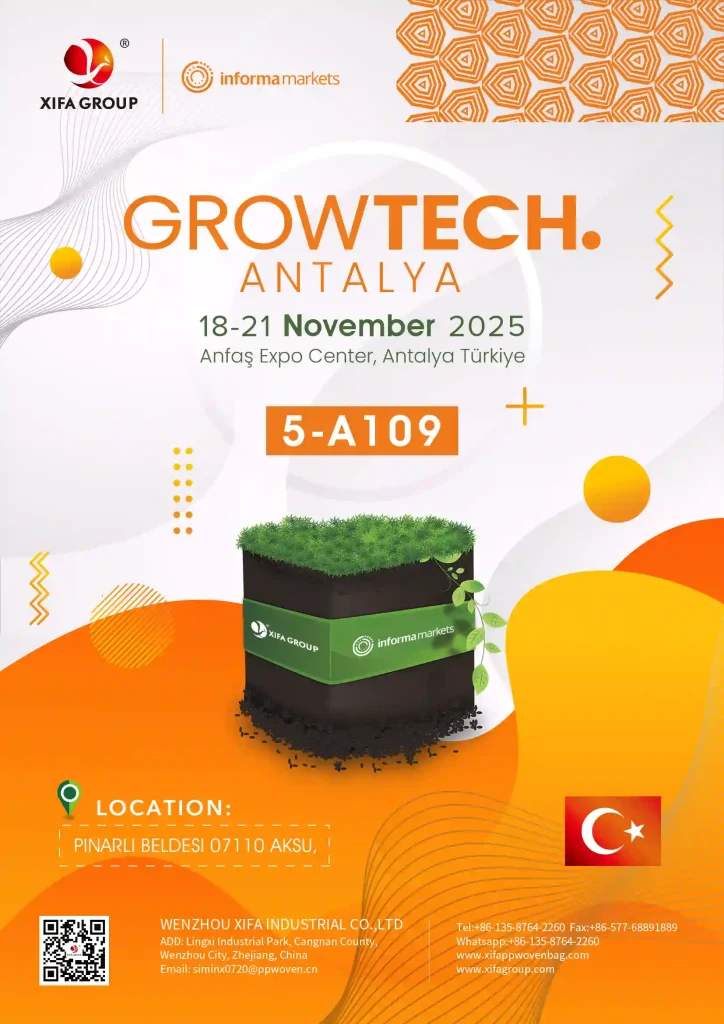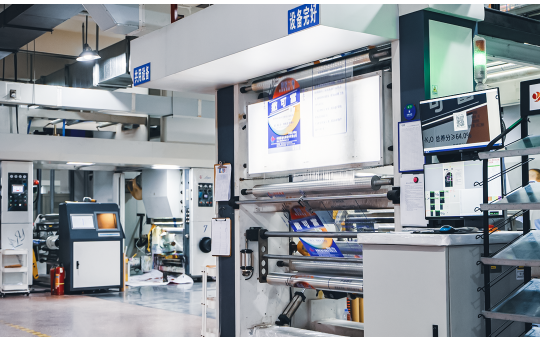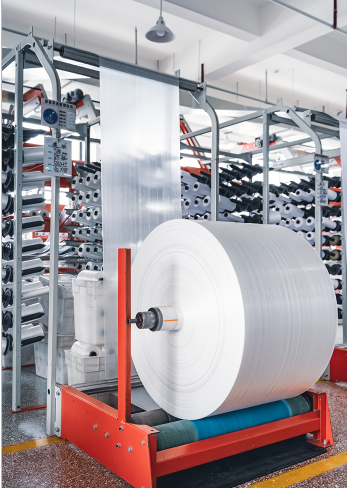
Escolher o método de impressão correto é a chave para fazer a embalagem se destacar e, ao mesmo tempo, manter a produção eficiente e econômica.
De embalagens flexíveis para alimentos a caixas de varejo de marca, o tipo de impressão usado afeta não apenas o apelo visual, mas também a durabilidade, o custo e o tempo de produção.
Neste artigo, exploraremos os diferentes tipos de impressão comumente usados em embalagens, detalharemos seus prós e contras e ajudaremos você a determinar qual é o mais adequado para seu produto.

A impressão na sua embalagem geralmente é a primeira coisa que seus clientes veem — e lembram.
Não importa se você está lançando um novo produto ou expandindo uma marca muito querida, sua escolha de impressão impacta tudo, desde a flexibilidade do design e o tempo de entrega até a resistência da sua embalagem durante o transporte.
O setor de impressão para embalagens é diversificado, mas entender os princípios básicos de cada método pode ajudar você a encontrar a tecnologia certa para suas necessidades.
Da impressão de embalagens flexíveis aos acabamentos de alta qualidade em caixas, há uma solução para cada aplicação.
A impressão flexográfica, comumente conhecida como flexo, é uma escolha popular para aplicações de embalagens flexíveis.
Ela se baseia em placas de impressão de borracha macia ou polímero fixadas em cilindros rotativos que aplicam tinta diretamente em vários materiais.
💡Melhor para:Embalagens e impressão de alimentos em alto volume, rótulos, sacos plásticos e recipientes de papelão ondulado.
A impressão litográfica, ou litografia offset, é conhecida por produzir imagens nítidas e de alta resolução.
É comumente usado em embalagens premium, incluindo caixas de serigrafia ou caixas dobráveis com marcas complexas.
Se você estiver decidindo entre impressão litográfica e flexográfica, pense desta forma: a impressão litográfica é a escolha pela qualidade; a flexográfica é a escolha pela quantidade.
A litografia produz detalhes mais finos, mas a flexografia é mais rápida e barata para tiragens longas.
💡Melhor para: Caixas de cosméticos, caixas de papelão para varejo ou embalagens de produtos premium.
A impressão digital de embalagens se tornou a opção ideal para trabalhos de tiragens curtas e impressões personalizadas ou variáveis.
Ao contrário das técnicas tradicionais, a impressão digital dispensa a necessidade de chapas físicas e imprime diretamente de arquivos de design digital.
💡Melhor para: Embalagens de alimentos de curta tiragem, caixas promocionais e embalagens de varejo personalizadas.
A impressão em rotogravura (também conhecida como rotogravura) é outra opção popular para impressão de embalagens flexíveis, especialmente quando a consistência em tiragens longas é essencial.
Este processo usa cilindros gravados para aplicar tinta.
O debate entre impressão em rotogravura e impressão digital se resume ao volume.
A rotogravura vence em consistência e velocidade para longas tiragens; o digital vence em flexibilidade e personalização de baixo volume.
💡Melhor para: Embalagens para lanches, sachês para bebidas, sacos para ração de animais de estimação ou qualquer coisa em grandes volumes.
Leitura relacionada: Como Imprimir em Sacolas de Polipropileno
A serigrafia envolve o uso de uma tela de malha e um estêncil para aplicar tinta em uma superfície. É comumente usada para serigrafar caixas, tecidos e itens promocionais.
💡Melhor para: Caixas de papelão ondulado de marca, impressões de edição limitada e displays promocionais.
Veja aqui uma rápida comparação entre esses tipos de impressão em algumas categorias principais:
| Tipo de impressão | Melhor Caso de Uso | Qualidade de impressão | Eficiência de custos | Adequação de volume |
|---|---|---|---|---|
| Flexografia | Embalagem flexível | Moderado | Excelente (alto volume) | Alto |
| Litografia | Caixas premium | Excelente | Moderado | Médio a alto |
| Digital | Curto prazo, personalizado | Muito bom | Melhor (baixo volume) | Baixo a médio |
| Gravura | Bolsas de longo prazo | Excelente | Excelente (alto volume) | Alto |
| Tela | Caixas promocionais | Bom (vibrante) | Baixo para grandes volumes | Baixo a médio |
Para embalagens e impressão de alimentos, segurança e clareza visual são as principais prioridades.
Flexografia e rotogravura são excelentes opções devido à sua compatibilidade com tintas próprias para alimentos e materiais flexíveis.
O digital está ganhando força para produtos alimentícios sazonais ou de edição limitada devido ao seu baixo custo de instalação e retorno rápido.
No XIFA, fornecemos todos os principais tipos de impressão para atender às suas necessidades de embalagem:
Não importa se você está procurando uma marca vibrante em suas embalagens de alimentos ou caixas de serigrafia duráveis para uso industrial, os recursos de impressão interna da XIFA garantem que sua embalagem atenda às expectativas funcionais e estéticas.
Até mesmo o melhor design pode fracassar com o método de impressão errado (ou parceiro de impressão errado).
Considere o material da embalagem, o volume desejado, o orçamento e a frequência com que seu design pode mudar.
Dicas importantes na hora de escolher:
A ampla variedade de tipos de métodos de impressão significa que há uma solução para cada desafio de embalagem.
Não importa se você está imprimindo para alimentos, cosméticos ou displays promocionais, entender os prós e contras de cada método ajuda a escolher aquele que se adapta ao seu orçamento, cronograma e objetivos de design.
Com os serviços flexíveis de impressão e embalagem da XIFA, você ganha acesso a técnicas comprovadas apoiadas por qualidade, consistência e personalização.
Ajudamos empresas de todos os tamanhos a dar vida à sua visão de embalagem por meio do processo de impressão correto.




